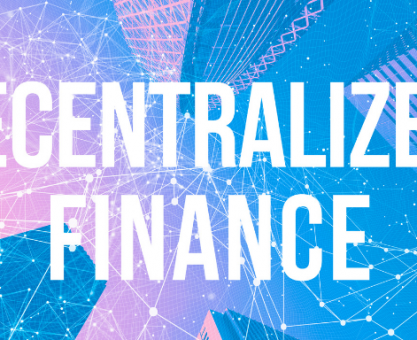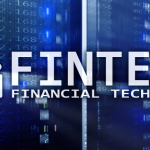Executive Summary
-
Blockchain technology is revolutionizing investment platforms by enhancing transparency, security, and efficiency.
-
The decentralized nature of blockchain offers significant advantages over traditional investment mechanisms.
-
Challenges include regulatory hurdles and technological adoption barriers.
-
Real-world examples demonstrate blockchain‘s potential to transform investment practices.
-
Expert insights suggest a strategic approach to integrating blockchain into investment platforms.
Introduction
In a world where investment platforms are evolving at a rapid pace, blockchain technology stands out as a transformative force. The financial industry faces increasing demands for transparency, security, and efficiency, and blockchain promises to meet these needs. This article explores how blockchain is poised to reshape future investment platforms, offering unparalleled opportunities for investors, founders, and corporates. Readers will gain insights into the benefits, challenges, and strategic implementation of blockchain in the investment landscape.
Definitions / Context
Blockchain
A decentralized, distributed ledger technology that records transactions across multiple computers securely and transparently. Unlike traditional databases, blockchain is immutable and operates without a central authority, making it ideal for secure and transparent financial transactions.
Investment Platforms
Online services or applications that enable investors to buy, sell, and manage various financial assets. These platforms range from stock trading apps to sophisticated portfolio management systems.
Benefits / Pros
-
Transparency: Blockchain ensures that all transactions are recorded in a public ledger, offering unparalleled transparency to all stakeholders.
-
Security: The cryptographic nature of blockchain enhances security, reducing the risk of fraud and unauthorized access.
-
Efficiency: Smart contracts automate processes, eliminating intermediaries and reducing transaction costs.
-
Decentralization: Reduces reliance on central authorities, fostering trust and accessibility for a broader range of investors.
Risks / Cons / Challenges
-
Regulatory Hurdles: Compliance with global financial regulations can be complex and varies by jurisdiction.
-
Technological Barriers: Integration with existing systems poses significant challenges, requiring substantial investment in technology upgrades.
-
Market Volatility: The nascent state of blockchain technology may contribute to market fluctuations and investor uncertainty.
Step-by-Step Process
How to Integrate Blockchain into an Investment Platform
-
Assess Platform Readiness: Evaluate existing systems for compatibility with blockchain technology.
-
Choose the Right Blockchain: Select a blockchain protocol that aligns with investment goals and security needs.
-
Develop Smart Contracts: Implement smart contracts to automate and streamline transactions.
-
Pilot Testing: Conduct rigorous testing to ensure reliability and security.
-
Launch and Monitor: Deploy the blockchain-enabled platform and continuously monitor for performance and compliance.
XYZ Investments, a leading asset management firm, integrated blockchain technology to enhance client transparency and reduce transaction costs. By deploying smart contracts, XYZ was able to automate asset transfers, cutting transaction times by 50% and increasing client satisfaction.
– Case Study: XYZ Investments Implements Blockchain
Expert Tips / Strategic Insights
-
Strategic Partnerships: Form alliances with blockchain technology providers to leverage expertise and accelerate implementation.
-
Regulatory Engagement: Actively engage with regulators to shape favorable policies and stay ahead of compliance requirements.
-
Continuous Education: Keep abreast of blockchain advancements and train staff to ensure successful adoption.
Tools / Resources / Calculators
-
Blockchain Explorer: Use tools like Etherscan to track blockchain transactions.
-
Smart Contract Templates: Access open-source smart contract libraries to streamline development.
-
Regulatory Compliance Checklist: Ensure adherence to financial regulations with comprehensive checklists.
Conclusion
Blockchain technology is set to redefine investment platforms by enhancing transparency, security, and efficiency. While challenges exist, strategic implementation and regulatory engagement can unlock significant opportunities. Investors and corporates alike should consider blockchain as a pivotal component of future investment strategies.























